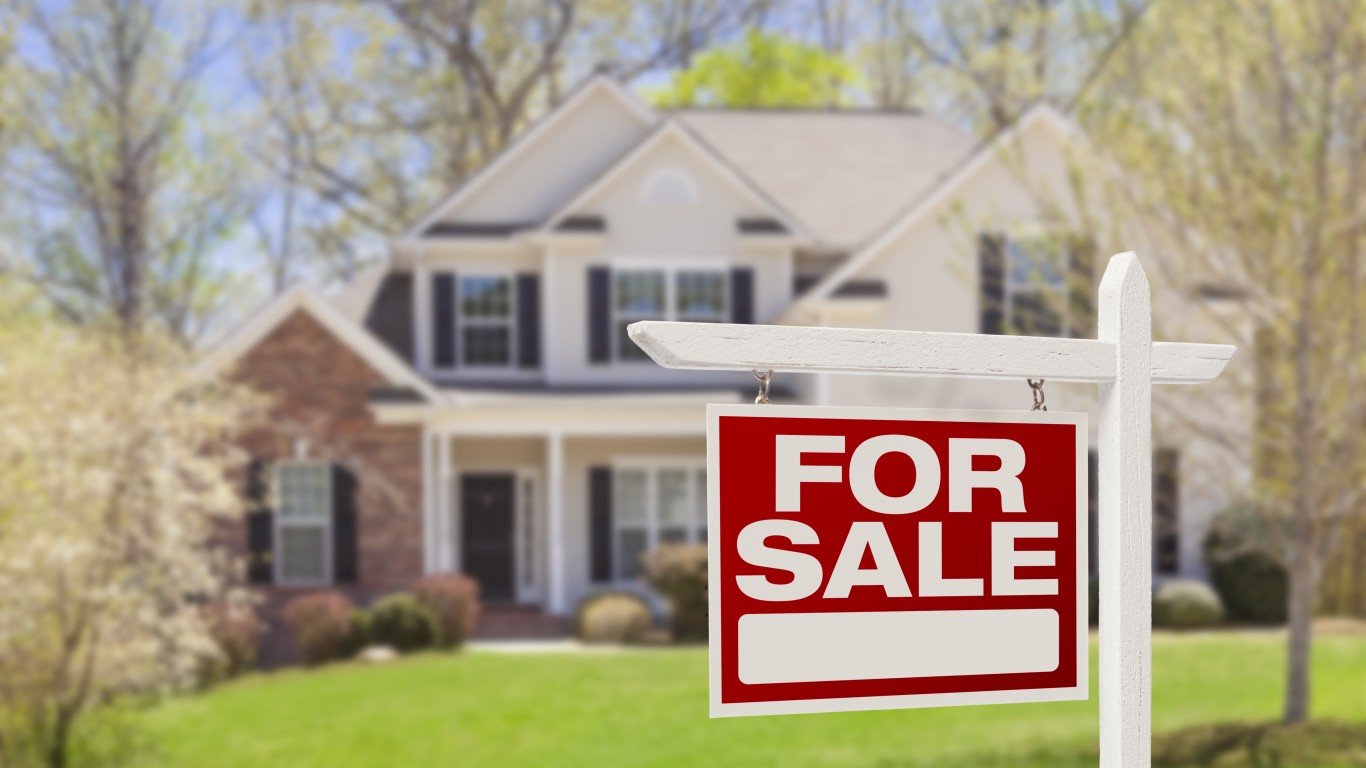

U.S. home prices rose 3.6% in July compared with the same month a year ago, according to data from CoreLogic released Tuesday in the firm’s Home Price Insights monthly report. The data includes sales of distressed properties.
Home prices rose 0.5% month over month in July. On a year-over-year basis, the index has increased every month since March 2012 and is up nearly 62% since bottoming out in March 2011.
CoreLogic forecasts housing prices to rise by 0.4% month over month in August and by 5.4% year over year in July 2020.
As of July 2019, home prices are now about 8.8% higher than they were at the April 2006 pre-crash peak. Adjusted for inflation, however, home prices remain about 11.5% below the peak.
CEO Frank Martell noted:
Although the rise in home prices has slowed over the past several months, we see a reacceleration over the next year to just over 5% on an annualized basis. Lower rates are certainly making it more affordable to buy homes and millennial buyers are entering the market with increasing force. These positive demand drivers, which are occurring against a backdrop of persistent shortages in housing stock, are the major drivers for higher home prices, which will likely continue to rise for the foreseeable future.
CoreLogic chief economist Frank Nothaft added:
Sales of new and existing homes this July were up from a year ago, supported by low mortgage rates and rising family income. With the for-sale inventory remaining low in many markets, the pick-up in buying has nudged price growth up. If low interest rates and rising income continue, then we expect home-price growth will strengthen over the coming year.
Including distressed sales, home prices rose the most year over year in Idaho, Utah and Maine. Year over year, home prices rose in all states except Connecticut (down 0.3%) and South Dakota (down 3.4%).
Through July, 37% of the top 100 metropolitan areas were overvalued, 23% were undervalued and 40% were fairly valued. In just the top 50 markets based on housing stock, 40% were overvalued, 16% were undervalued and 44% were fairly valued. CoreLogic defines an overvalued housing market as one in which home prices are at least 10% higher than the long-term, sustainable level, while an undervalued housing market is one in which home prices are at least 10% below the sustainable level.
Among U.S. metro areas, Las Vegas has posted the largest year-over-year index change, up 5.4% in July. Denver is up 3.7% with Washington, D.C. (up 3.6%), Miami (up 3.0%) and Boston (also up 3.0%) rounding out the top five.
CoreLogic’s full July report is available at the firm’s website.
Take This Retirement Quiz To Get Matched With A Financial Advisor (Sponsored)
Take the quiz below to get matched with a financial advisor today.
Each advisor has been vetted by SmartAsset and is held to a fiduciary standard to act in your best interests.
Here’s how it works:
1. Answer SmartAsset advisor match quiz
2. Review your pre-screened matches at your leisure. Check out the
advisors’ profiles.
3. Speak with advisors at no cost to you. Have an introductory call on the phone or introduction in person and choose whom to work with in the future
Take the retirement quiz right here.
Thank you for reading! Have some feedback for us?
Contact the 24/7 Wall St. editorial team.